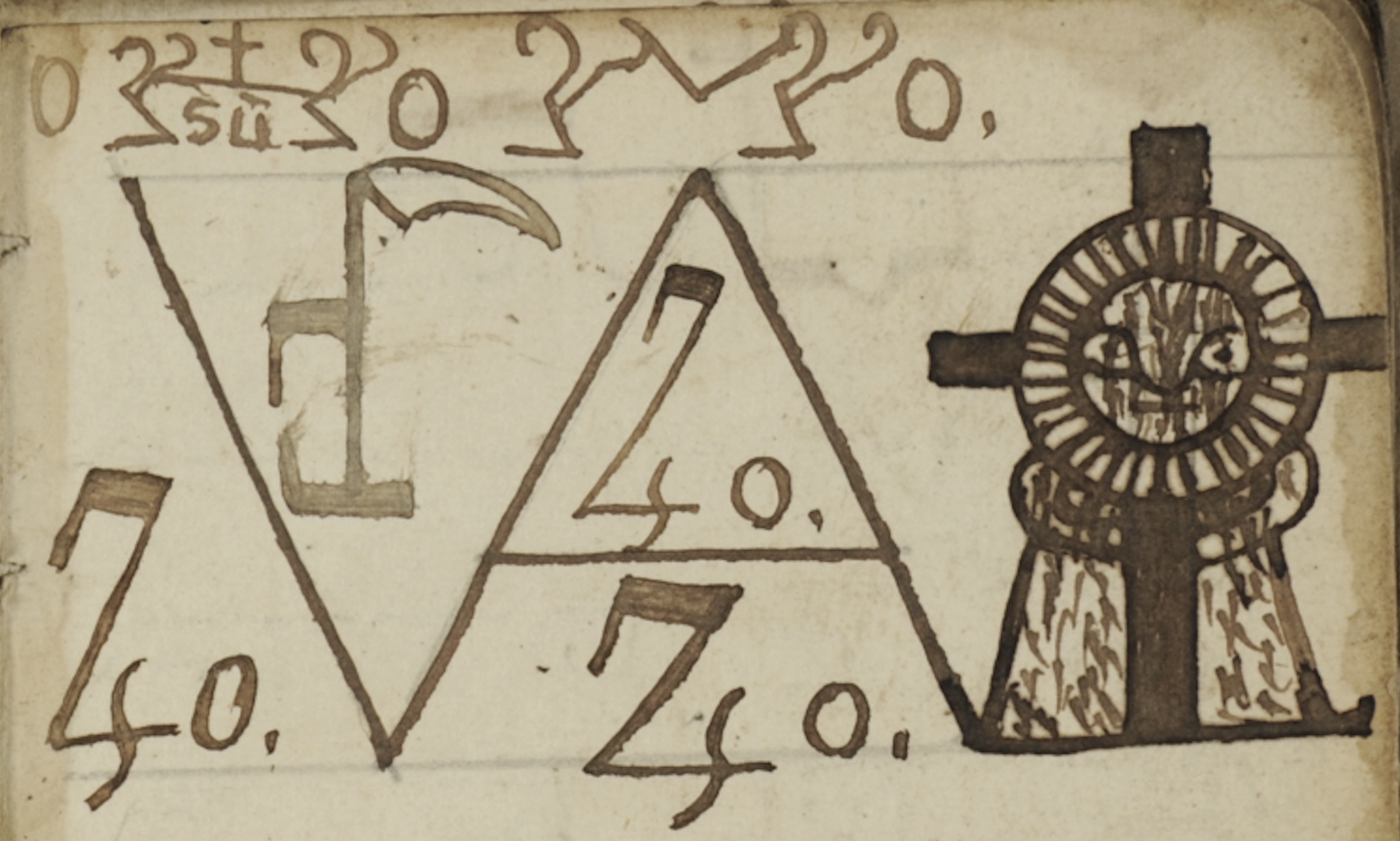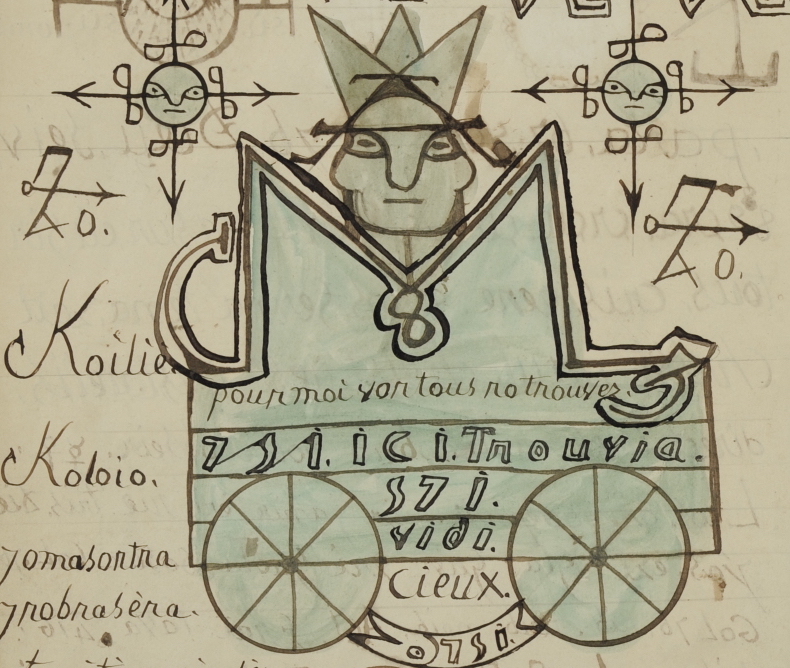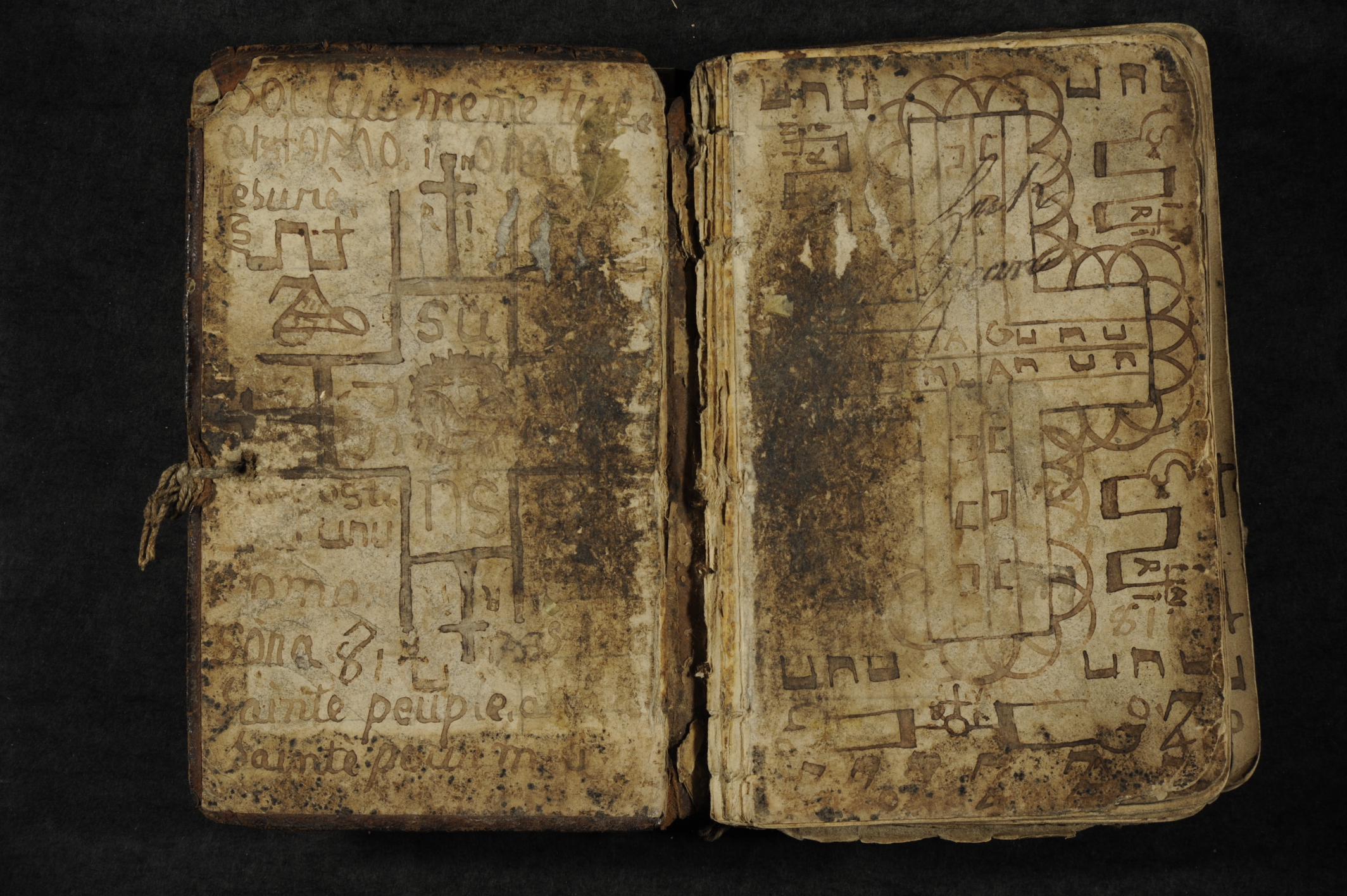Alexander Roob]
[October 2, 2006
On Luis Camnitzer’s etching cycles, especially “Agent Orange “(1983-84)
At the end of the 1960s, the Uruguayan sculptor, graphic artist and art critic Luis Camnitzer (born 1937 in Lübeck), living in exile in America, founded the New York Graphic Workshop together with his colleagues Liliana Porter and José Guillermo Castillo. The aim of this venture was to remove the aura of elitism from artistic printmaking by testing new democratic forms of distribution. Decisive for this impulse was above all the model of early Latin American revolutionary graphics, from which Camnitzer learned essentials for the further development of his art in both the installation and graphic sectors.
His course of development led him from the processing of late expressionist figurative influences in the early sixties to political cartooning and strictly conceptual works in the seventies to the very peculiar pictorial language of his late spatial installations and graphic cycles. Their strong suggestive effect results not least from a sharp contrast between a quasi-surreal combination of images and texts of hallucinatory beauty and their reconnection to a depressing catastrophic context that is meticulously and factually researched. Camnitzer’s late print work is divided into three major, overlapping themes : direct physical violence (in the 1983-84 Uruguayan Torture Series), indirect violence through toxic undermining of the physique (in the 1984-1987 Agent Orange series), subtle violence of ubiquitous dimension through full and permanent exposure (the great vanitas series Dance of Death, begun in 1993 as a tribute to the work of the Mexican lead cutter José Guadalupe Posada. ) The title of the 43-part series “Agent Orange”, shown here in its entirety and in chronological order, refers to the drama associated with the dioxin-containing pesticide of the same name, which was used as a defoliant during the Vietnam War. The Vietnamese population was to be stripped of its primeval forest cover through its use and thus left defenceless against a violent military assault. Years after the end of the war, Agent Orange was suspected of having caused foetal deformities. The manipulative access to nature had thus reached unimagined genetic depth dimensions.
In the course of the protracted work on the graphic cycles, a gradual refinement of his photo-etching technique took place. While the sheets of the first two series were based on alienated photographs, in the case of the last “Totentanz” series he switched to photographing the objects of the representation directly via a scanner, thus depriving them of a final intimacy guaranteed by the foil of the photographic image. Luis Camnitzer has kindly provided MePri with a specially revised text on the details of his printing method for publication. This is a working manual, the provision of which underlines his credo of artistic printmaking as a democratic medium.
In another text, “Print making : A Colony of the Arts”, which is published here for the first time, Camnitzer subjects the field of artistic printmaking to a critical analysis and, in the conclusions he draws for himself, proves to be not only an original contemporary exponent of a Latin American tradition. The position of the revolutionary press of William Blake, the founding of the political Private Press by William James Linton and the conflicts of the Arts & Craft movement based on Blake and Linton with its artificial clone called Art Noveau, characterised by many internal contradictions, are also not far away.
Luis Camnitzer, Agent Orange, 1983-84 (43 photoetchings, 75 x 56 cm)
In the collections of the MePri by Luis Camnitzer:
From the series “Agent Orange” :
The code remained unbroken, 1984 – 87 (photogravure, 75 x 56 cm, edition: 15).
3 sheets from the series “Totentanz”, 1993 (photogravures, 75 x 55 cm, edition : 30)
About Luis Camnitzer:
Luis Camnitzer: The New Art of Cuba, Austin 1994
Luis Camnitzer – Zanoobia, edited by Galerie Basta,
Text : Wolfgang Becker, Hamburg 1995 (catalogue)
Luis Camnitzer. Works from 1966 to 2003,
ed. Dirk Luckow, Kiel 2003 ( catalogue )
TGP ( Taller de Grafica Popular). A Graphic Collective in Mexico from 1937 – 1977, Helga Prignitz, Berlin, 1981
The Works of / Das Werk von Jose Guadalupe Posada, ed. Hannes Jähn , Frankfurt 1976
Journalism versus Art, Max Eastman ,New York, 1916
A Treasury of American Prints, Thomas Craven ed., New York 1939
William Gropper: Retrospective , ed. August L. Freundlich, Miami 1968
Various issues of the Marxist journal New Masses : 1932, 1934, 1940, 1947
(Contributors include Ben Shahn, William Gropper, Rockwell Kent, Taller Grafica Popular, William Carlos Williams, Otto Slogow )












































